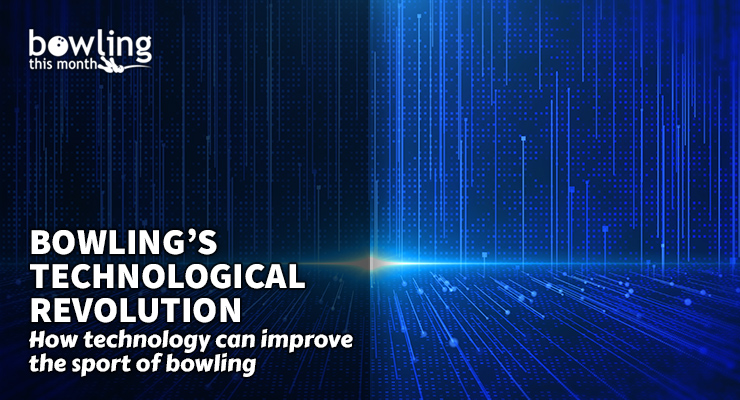
Article Contents
- 1. Bowling’s history with technology
- 2. What can we do with the technology available to us in the sport of bowling?
- 2.1. Understanding lane play
- 2.2. Understanding ball motion
- 2.3. Tournament and league data
- 2.4. Practice and training
- 2.5. 3D modeling and AI
- 2.6. AI in coaching
- 3. Final thoughts
Note: This article is only available to Bowling This Month subscribers.
In this article, I’d like to share my thoughts on the use of technology in bowling. We’ve recently seen more bowling apps being developed, and with the rise of AI, the question is how technology can impact the game of bowling in the future.
The biggest challenge with technology is that you must understand the tool you are using and, more importantly, the data being produced. If not, you’ll make the wrong assumptions or draw the wrong conclusions. At its best, technology raises the value of knowledge. If you understand it and apply it, it gives you an advantage.
To start this discussion as it applies to bowling, let’s look at a bit of a historical perspective.
Bowling’s history with technology
There was a time when bowling was very technologically advanced compared to other sports. Our automatic pinsetters created efficiency. Even early lane machines were technological marvels, and they’ve only become more and more advanced. Our scoring systems were also an incredible use of technology when they were first developed.
Long before other sports used cameras and sensors to pinpoint the location of a ball, our automatic scorers were counting the pins knocked down, calculating the score, and confirming which pins were left standing. Bowling did have a bit of an advantage here over other sports, as the pins are stationary and easy to track.
The larger the object and the slower it moves, the easier it is to use technology to track it. For example, tracking a football is easier than tracking a hockey puck or a tennis ball. Tracking a bowling ball is even easier.
One sport in which technology is heavily involved is golf. Despite the small size of the ball, it has other advantages. In golf tournaments, there are relatively few people performing simultaneously—it’s one golfer at a time—and in a very defined area.
Golf uses Doppler radars, which effectively measure distances over 300 yards. However, they lose accuracy when it comes to finer details, such as spin rate. This is similar to how the Kegel Specto system …
